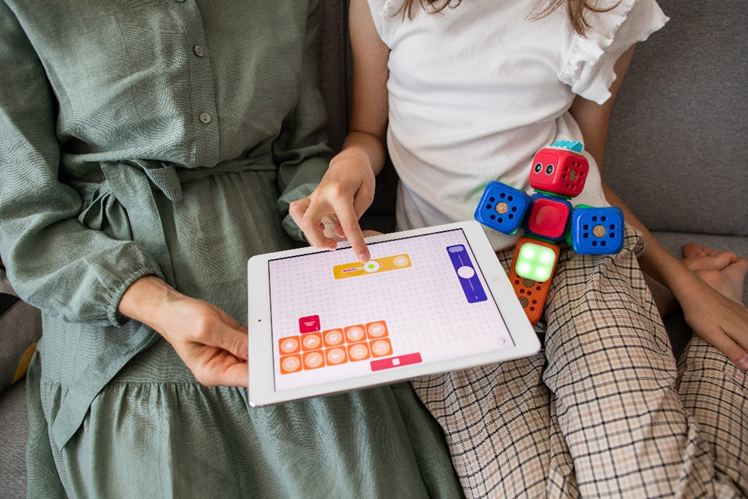As a parent, you undoubtedly want your children to thrive in all aspects of life, including financially. While luck can play a role, the habits they formed in their youth can pave the way to their financial success.
Parents can set their children up for a brighter financial future by instilling positive money habits early on. But where do you begin? Don’t worry; we’ve got you covered!

Importance of Learning Good Habits From a Young Age
According to a recent study, how children experience and interact with money can significantly impact their financial management skills as adults.
This means that by allowing children to make age-appropriate financial decisions early on, you can shape their behavior and how they think about money for years to come.
Even as early as three or four years old, children can begin to understand the purpose of money and learn how to manage it wisely. This is the perfect time to introduce a small allowance and let your child make their own financial decisions while learning the consequences of their decisions.
Practical Examples of Teaching Young Children About Money
Teaching children the value of money can be challenging, but it doesn’t have to be boring or complicated. In fact, there are plenty of fun and creative ways to help your young ones understand the purpose of money.

Here are seven fantastic money-teaching ideas you can try:
- Have a ‘no spend’ day: Involve your kids in a day where you don’t do any shopping. This will teach them to be more frugal and help them understand the value of money and the importance of saving.
- Cook using leftover ingredients: Instead of going shopping, try using a recipe from Love Food Hate Waste that utilizes the ingredients you already have at home.
- Educate them about contactless cards: Help your child understand that even if they don’t pay with physical money, ‘virtual money’ is still taken off their bank account with each transaction.
- Do a blind taste test: Let your children taste two products that are the same but have different price tags. This will help them realize that there is often no significant difference between tastes in differently priced products.

- Take them to a charity shop: Teach your kids about the positive effects of buying used products to help others and the environment. Ask them questions such as how they feel about buying used things much cheaper than new ones and how it feels to know that the money goes to a charity.
- Create a family budget: Engage your children in compiling a family financial plan by explaining what you usually spend money on, how much everything costs, and giving them a task to create their own monthly budget.
- Help them set goals: Discuss with your children what goals they want to set, such as buying a new laptop, going on a trip, or getting a new dress. Help them understand the difference between long- and short-term goals and the time they need to achieve them while knowing the prices of their needs and desires.
By incorporating these fun and engaging ideas into your daily routine, you can help your children learn about the value of money and develop healthy financial habits that will benefit them in the long run.